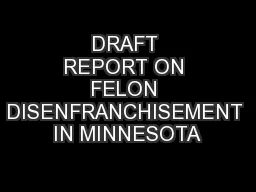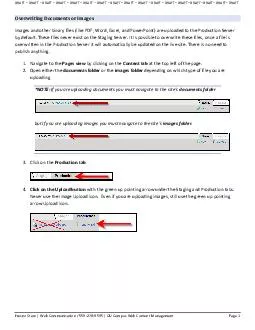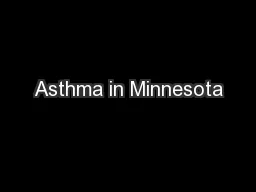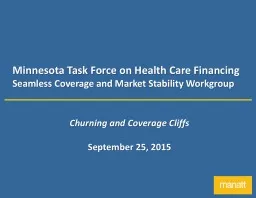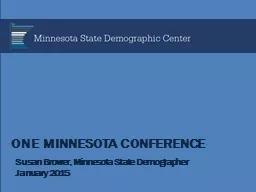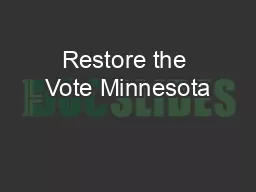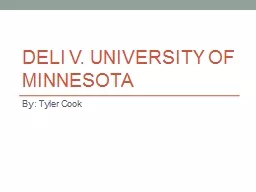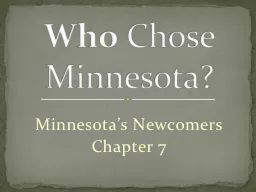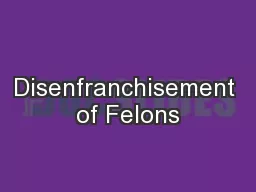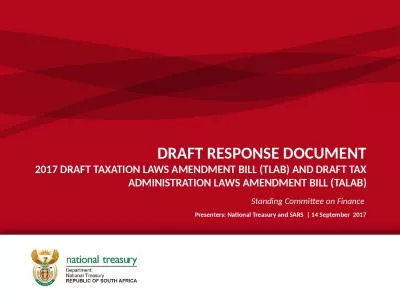PDF-DRAFT REPORT ON FELON DISENFRANCHISEMENT IN MINNESOTA
Author : giovanna-bartolotta | Published Date : 2015-06-01
The disenfranchised population is therefore compri sed of the active prison parole felony probation and convicted felony jail populations This practice is more restrictive
Presentation Embed Code
Download Presentation
Download Presentation The PPT/PDF document "DRAFT REPORT ON FELON DISENFRANCHISEMENT..." is the property of its rightful owner. Permission is granted to download and print the materials on this website for personal, non-commercial use only, and to display it on your personal computer provided you do not modify the materials and that you retain all copyright notices contained in the materials. By downloading content from our website, you accept the terms of this agreement.
DRAFT REPORT ON FELON DISENFRANCHISEMENT IN MINNESOTA: Transcript
Download Rules Of Document
"DRAFT REPORT ON FELON DISENFRANCHISEMENT IN MINNESOTA"The content belongs to its owner. You may download and print it for personal use, without modification, and keep all copyright notices. By downloading, you agree to these terms.
Related Documents

